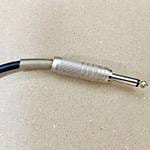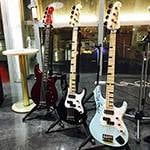Cheena: This is nearly the final part of the Atlansia article series, the free talk section. We’ll be discussing things not entirely related to Atlansia, but I hope you don’t mind.
You can find previous parts here:
⇒ Searching for the Isolated Island of the Great Ocean - Atlansia - Part 1
⇒ Searching for the Isolated Island of the Great Ocean - Atlansia - Part 2
⇒ Searching for the Isolated Island of the Great Ocean - Atlansia - Part 3
⇒ Searching for the Isolated Island of the Great Ocean - Atlansia - Part 4
Nemoto: Usual derailment, that’s it!
Free Talks
Cheena: Right from the start, this is completely, absolutely off-topic, but while writing this article, I think I refreshed the Atlansia website’s access counter around 2,000 times. I really want to hit a million...
*Additional Note
We hit the 900,000th view (on January 2, 2023).
Nemoto: Nostalgic for milestones like that. The overall layout really has that personal website feel from back then.
Cheena: The split layout on either side, the fancy text colors, and the counter are all very much from older websites.
I haven’t found any hidden links yet... but maybe?
Nemoto: I don’t think so? There’s not much to gain from hiding them anyway...
Cheena: I do know of websites that still hide pages under “User Page” and such, so there’s a slight chance. It’d be exciting if there were any...
By the way, any 404 errors on Atlansia just seem to be ones that haven’t been set up (at least the ones I’ve checked). There weren’t any pages that were deleted and then later removed.
Nemoto: I thought the price lists had been deleted. Well, some have been discontinued, so maybe they just temporarily took them down for re-editing?
Cheena: Ah, the list for basses disappeared somewhere between 2017 and 2019. I only checked the one for guitars...
The latest (2016 version) is here:
https://web.archive.org/web/20170524165729/http://www.atlansia.jp:80/BASSPRICE.htm
Nemoto: There are so many discontinued models. It’d be great if we could get a list of the most recent ones, even if the prices are left as “Ask”.
Cheena: But with some forgotten instruments, who knows how many will make it to the latest list... The list on Facebook might be more reliable.
Maybe I’ll try buying cases and parts.
Nemoto: Sounds good to me. I’m also interested in the cases.
Cheena: A good gig bag is around 10,000 yen or so, and the design is great.
Though it apparently doesn’t fit semi-hollow models (like the Fortune Bass and the Century Bass), so the thickness is probably standard.
I’ll contact them around the new year.
Nemoto: It should be fine even for multi-string models. The Warwick flight case that had my Vampire bass is 15kg, and it’s just way too heavy... I’d love a sturdy soft case.
Cheena: Well, of course, flight cases are heavy... I was about to say that, but even the SKB TSA-locking case weighs a little over 6 kg. The scale is just different...
Nemoto: That one is insane. Almost the entire exterior is aluminum. It’s stronger than plastic, so it won’t crack, but it’s so heavy that the Fender standard hard case feels incredibly light in comparison.
Cheena: The wooden Fender case, I think, was just over 5 kg... and the acrylic-covered tweed display case is in the late 6 kg range.
Fender / Classic Series Wood Case Precision Bass/Jazz Bass Tweed
Fender / Guitar Display Case Tweed
Nemoto: It’s the heaviest case I've ever owned, and probably one of the heaviest in the world.
Cheena: Can other models fit in it?
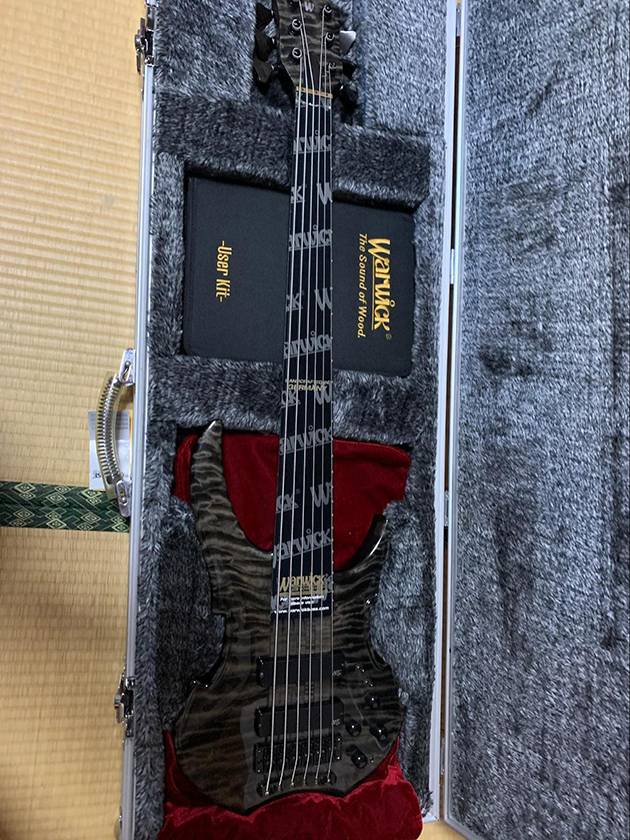
Nemoto: There’s a cushion tailored for the Vampire to keep it from moving, but if I remove that, I think anything could fit.
Cheena: It’s nice that you could modify the interior to fit other instruments. But it’s still really cool...
Nemoto: It’s cool, right? It was such a great purchase. I haven’t played it lately, so I might pull it out of the case soon.
Cheena: I bought an Aristides 050 and played it.
Aristides / 050 Aluminum
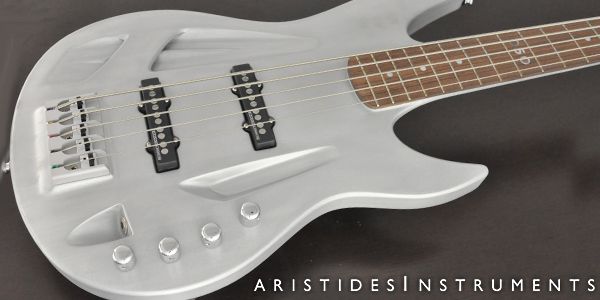
A bit of a forced segue, but Atlansia doesn’t incorporate much metal in their bodies. The closest example might be the Peleske 2...?
Nemoto: That’s true. Other than that... maybe the Oxford, though there’s some debate about that? Since they also do metal processing, it wouldn’t be too surprising if they had a metal body.
Cheena: The approach to working with metal is completely different from wood, so it’s a bit difficult to tackle. Still, I’m somewhat surprised that Atlansia, which is so conscientious about the environment and material conservation, hasn’t done it.
Nemoto: Maybe it’s because they market the idea of “lasting for 100 years.” Metal would deteriorate after 100 years. Of course, old guns, swords, and metal products exist, and as long as they’re maintained, they could last 100 years. But if constantly used as tools, their practicality is likely to diminish. If there’s a hole, it’s much harder to repair with metal than wood (I’ll ignore the debate about whether an old instrument that has been constantly repaired over time can still be considered the same instrument as when it was originally made, like the Ship of Theseus). Sure, you could use stainless steel or find ways to prevent rust, but that’s about it.
Cheena: Assuming we're in Japan, the first countermeasures that come to mind are to apply paint or anodize the aluminum. Maybe that’s why everything is coated with urethane matte finish...
Nemoto: If red rust forms, metal would deteriorate, so there’s a certain delicacy to that.
Should I seriously think about whether it could last 100 years...?
If I were to use a solid aluminum body, or maybe a thickness of 20mm, I could likely just remove and reshape the corroded parts along with the paint, and it could last for 100 years... but it would be too heavy. Alternatively, if the damage reaches the base, I could touch it up immediately and do a re-finish every 10-15 years. That sounds like building maintenance. But it’s a hassle and expensive. If it were made of stainless steel... it would weigh three times as much as aluminum, and about eleven times more than hard maple, though the strength (depending on the type) would be about the same as aluminum alloys. But that would probably be too heavy as well. It’s just a hypothesis, so I don’t really know for sure, but using a metal body for 100 years isn’t impossible, but it seems like it would be a hassle.
Cheena: There’s a method generally used for building materials (like iron nails) and crafts, where lacquer is baked onto iron. Normally, metal and lacquer don’t mix well with the oxidation-hardening process, but if you apply it and bake it at over 100°C, a coating is formed that acts as a weather-resistant and anti-corrosion metal primer. Plus, the sheen changes depending on the temperature, which is a nice bonus.
Here’s some reference data from the Tokyo National Research Institute for Cultural Properties...
https://www.tobunken.go.jp/ccr/pdf/37/pdf/03704.pdf
The lacquer with oxidation hardening, like the one used here, is said to deteriorate and discolor due to exposure to large amounts of moisture and strong ultraviolet rays (after a year of outdoor exposure). However, since musical instruments are mainly used indoors, I think it could work if another layer of paint is applied on top to form a strong protective coating. If it peels off, it could be touched up.
One concern when using it for instruments is that if the fingerboard and frets are also molded together, the heat might cause deformation. However, since Aristides uses wood for the fingerboard, I think it could be added separately here. Either way, frets are consumable parts.
Nemoto: This is informative. So, would that mean guitars and basses with aluminum bodies like Talbo or EVO could also last 100 years?
Cheena: But EVO also has the grain as part of its look, and if that gets crushed... maybe filling it with clear epoxy is the only option?
Nemoto: I think that’s a part where you just have to accept it. Anyway, we’ve completely strayed off-topic, so let’s get back on track.
Cheena: Alright, with that in mind, I’ll wrap this up by introducing something I found.
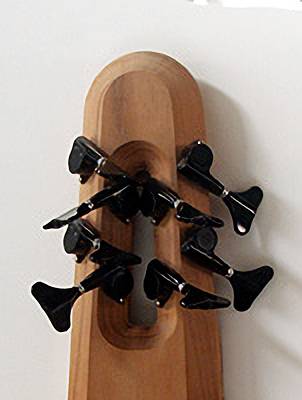
This image from Patent Page No. 98—at first, I couldn’t tell what it was, but it looks like it’s the headstock of a Polaris guitar.
Nemoto: That’s quite an innovative layout...
Like with the Stealth, I imagine tuning would be a bit confusing.
Cheena: This is a photo during processing, but you can see how everything is intersecting at right angles.
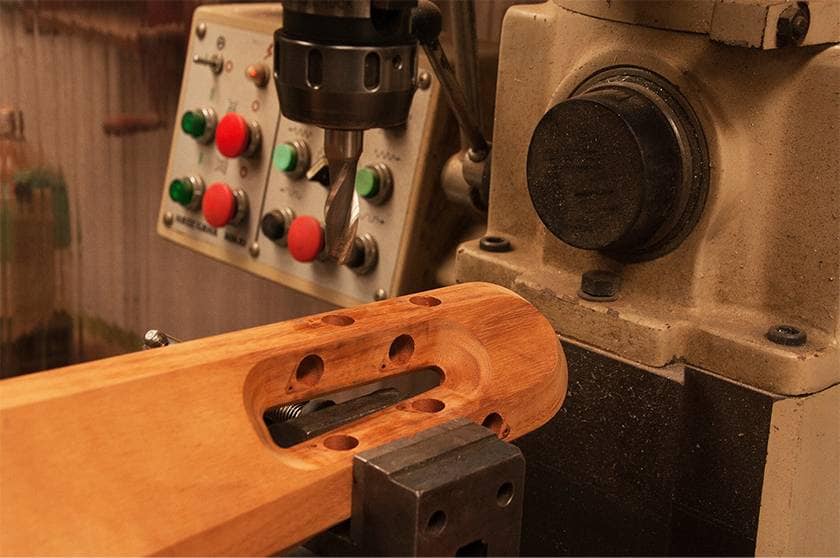
If we think in terms of 4:4 for the high and low strings, and consider moving from the front to the back, it seems a bit easier.
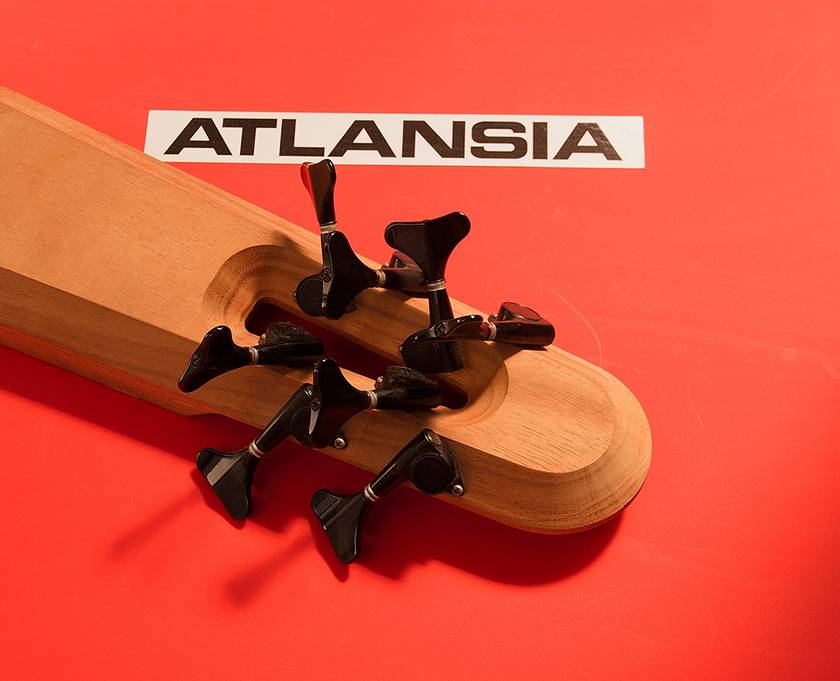
It would be helpful if the tuner buttons had dots on them...
Nemoto: I’d want to stick a number sticker on the tuners... since you wouldn’t be able to see it from the front.
Cheena: The most difficult part will probably be changing strings...
Even if I change them one at a time, I feel like I’ll end up removing the ones I’ve already changed.
Nemoto: There’s no way around string changes, and that’s going to be tough.
Cheena: If the tuners on the outside were like the Peleske winder or a Firebird-compatible type, where the posts and tuner buttons are on the same axis, I think it would be much more intuitive.
Kluson / Firebird Tuner Set Nickel [9019]
Since the photo during processing is quite recent, I’m looking forward to seeing what comes out when it’s finished.
Nemoto: That’s true. I’m curious how it’ll turn out.
Cheena: So, that was the new update on the super-extended-range (7-string, 8-string) Polaris bass.
Nemoto: It’s getting pretty long, so let’s wrap it up. Stay tuned, it’s not over yet!
Cheena: Thank you!
*Image Source: Atlansia Official Website and Facebook
The “sound & person” column is made up of contributions from you.
For details about contributing, click here.





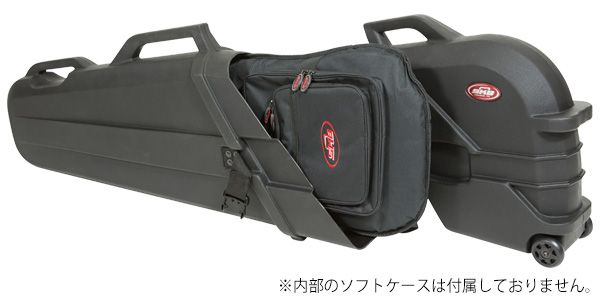
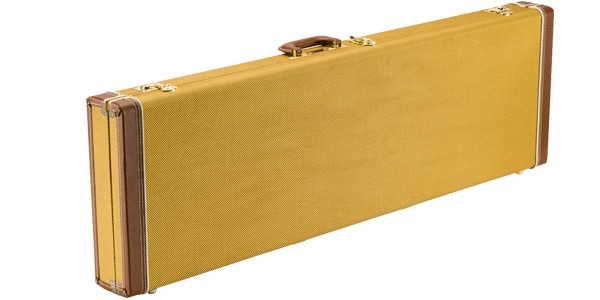
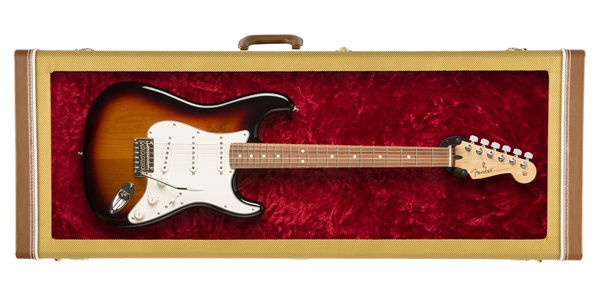
![Kluson / Firebird Tuner Set Nickel [9019]](https://www.soundhouse.co.jp/images/shop/prod_img/k/klu_9019a.jpg)

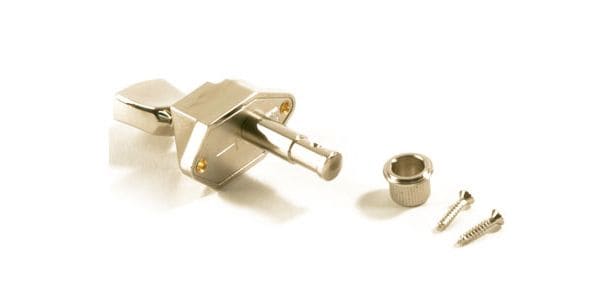
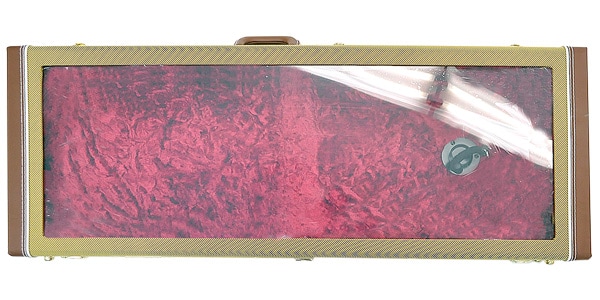


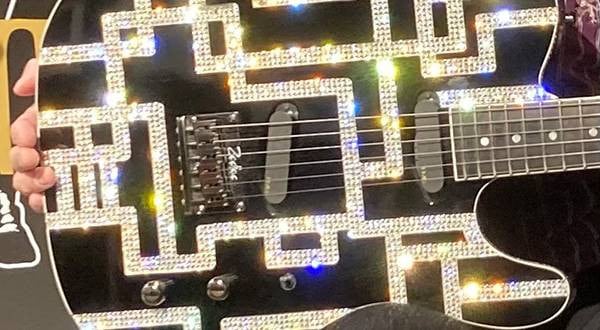
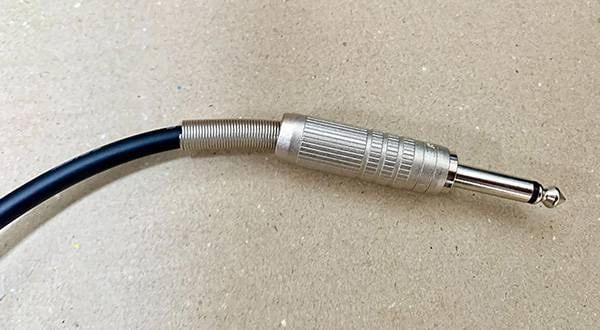

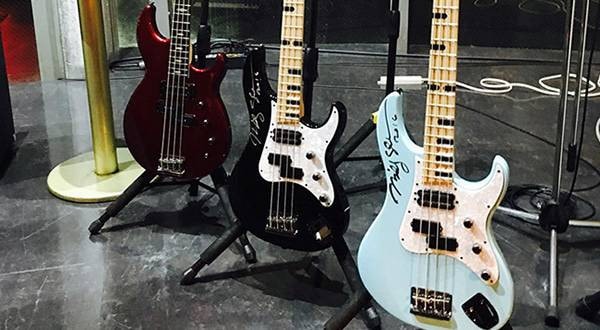

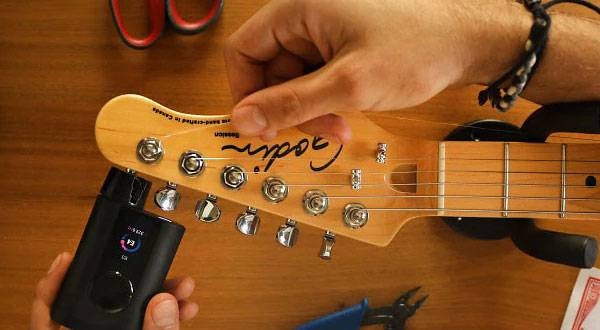
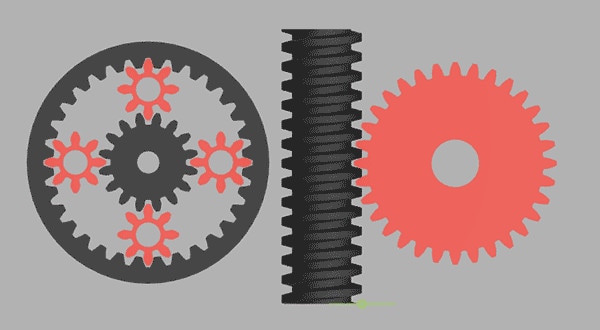
![How to choose and order when replacing GOTOH guitar pegs [Latest in 2025]](/contents/uploads/thumbs/2/2021/5/20210524_2_12921_1.jpg)
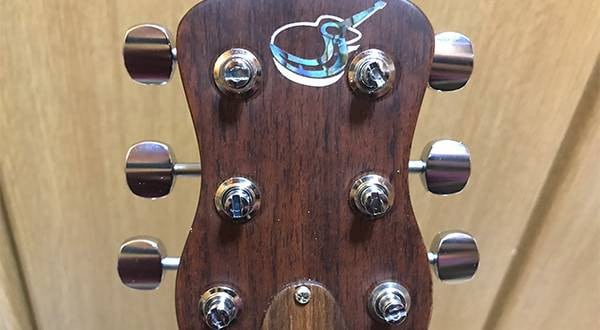
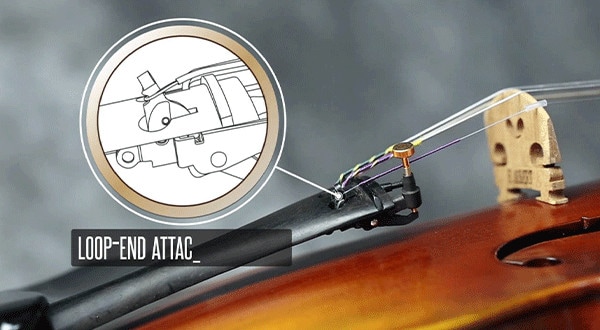
![[Guitar DIY] Surprisingly easy! Peg button replacement](/contents/uploads/thumbs/5/2020/6/20200612_5_10324_1.jpg)
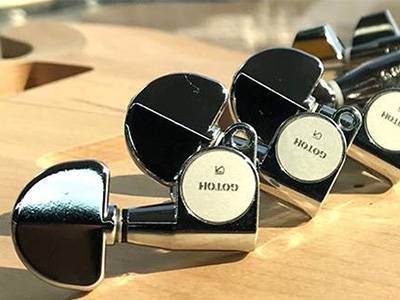 GOTOH(ゴトー)ギター用ペグ よくある質問まとめ!
GOTOH(ゴトー)ギター用ペグ よくある質問まとめ!
 ピックアップ交換大作戦!
ピックアップ交換大作戦!
 ベーススタートガイド
ベーススタートガイド
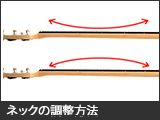 ネックの調整方法
ネックの調整方法
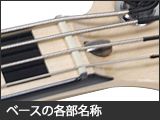 ベースの各部名称
ベースの各部名称
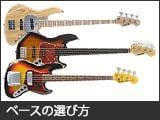 ベースの選び方
ベースの選び方

